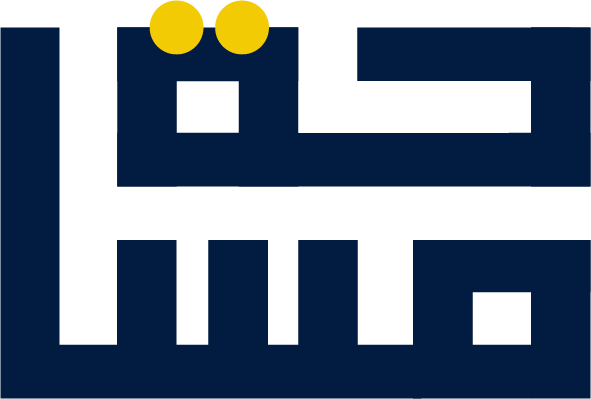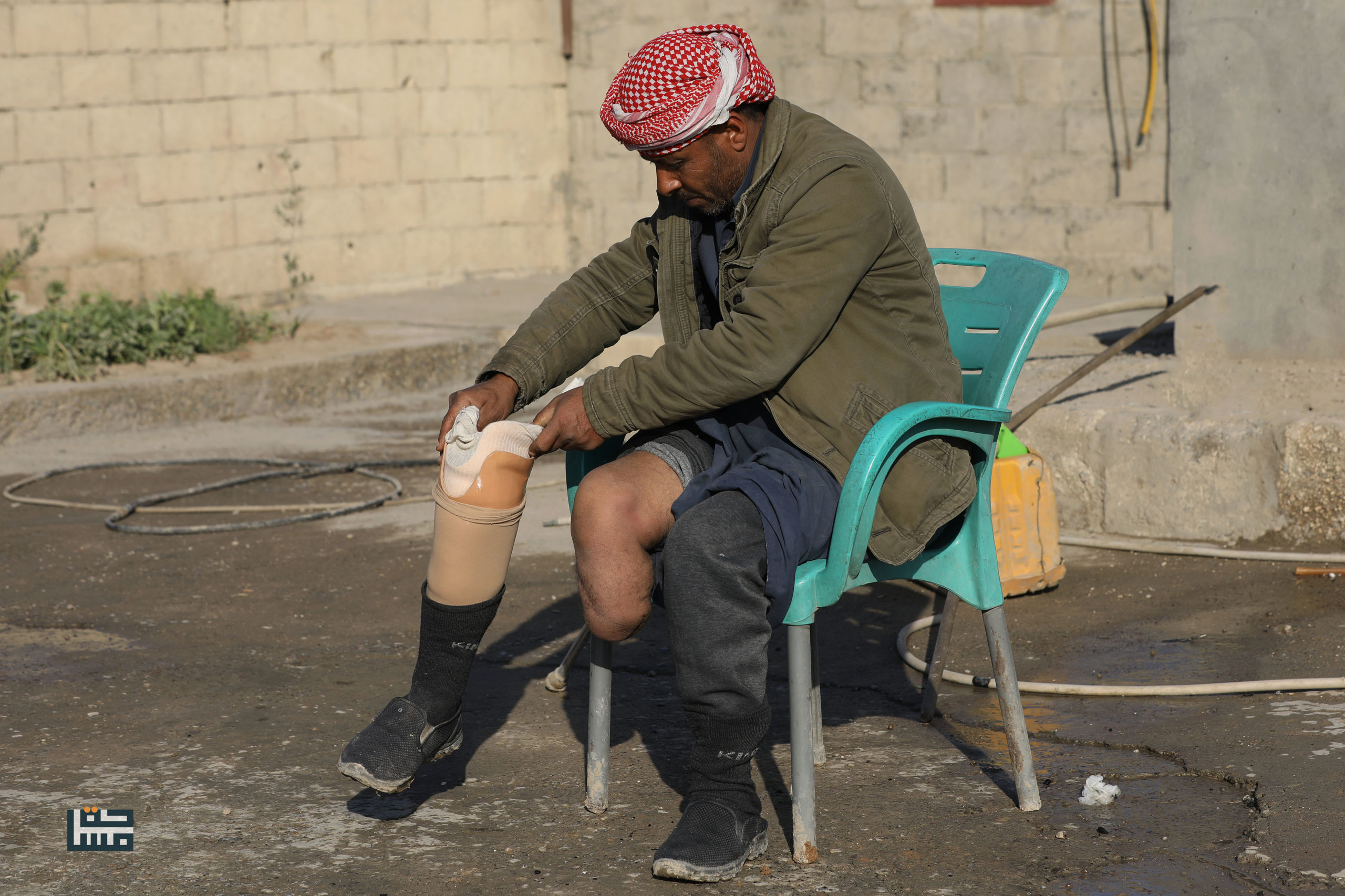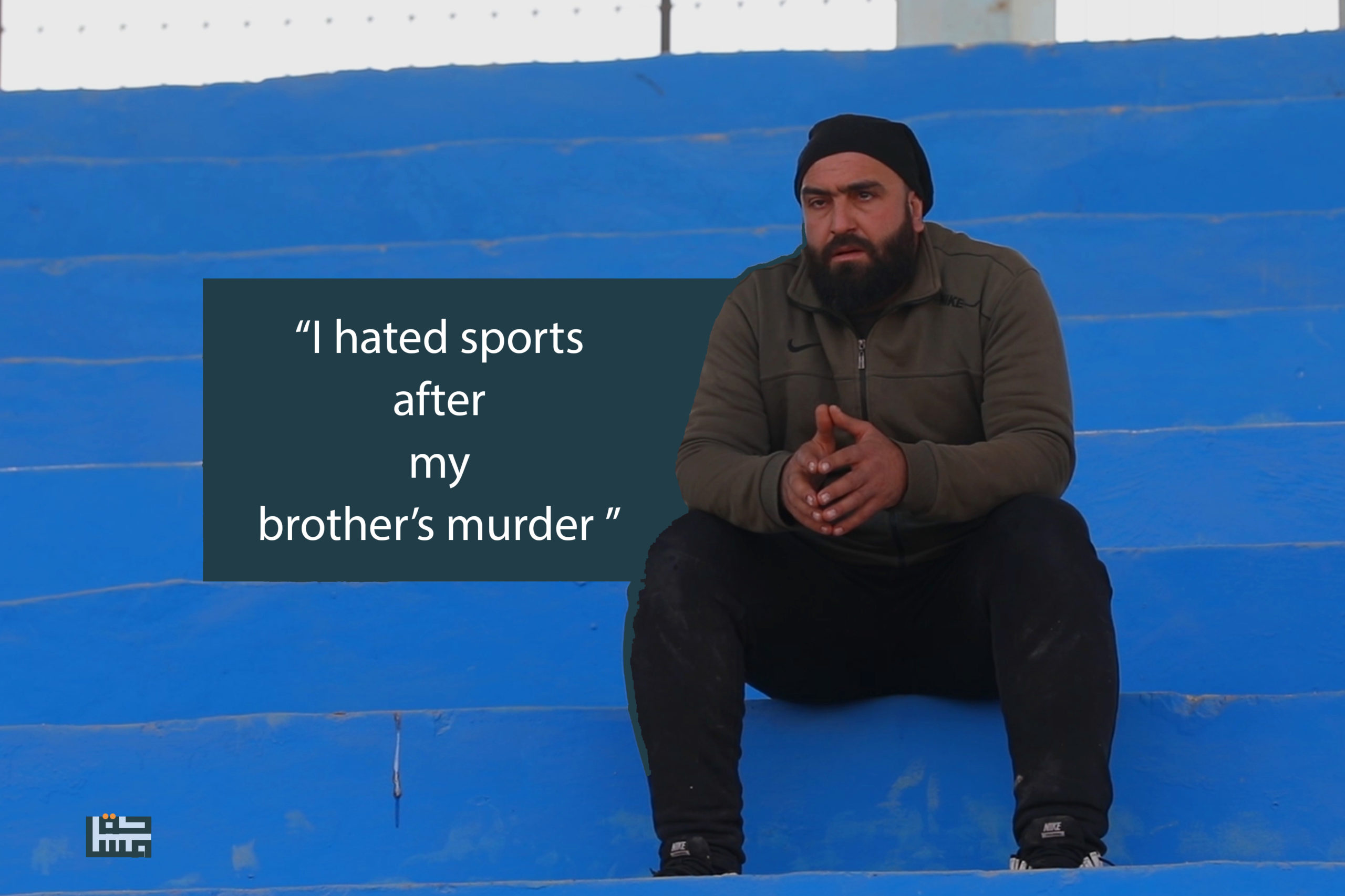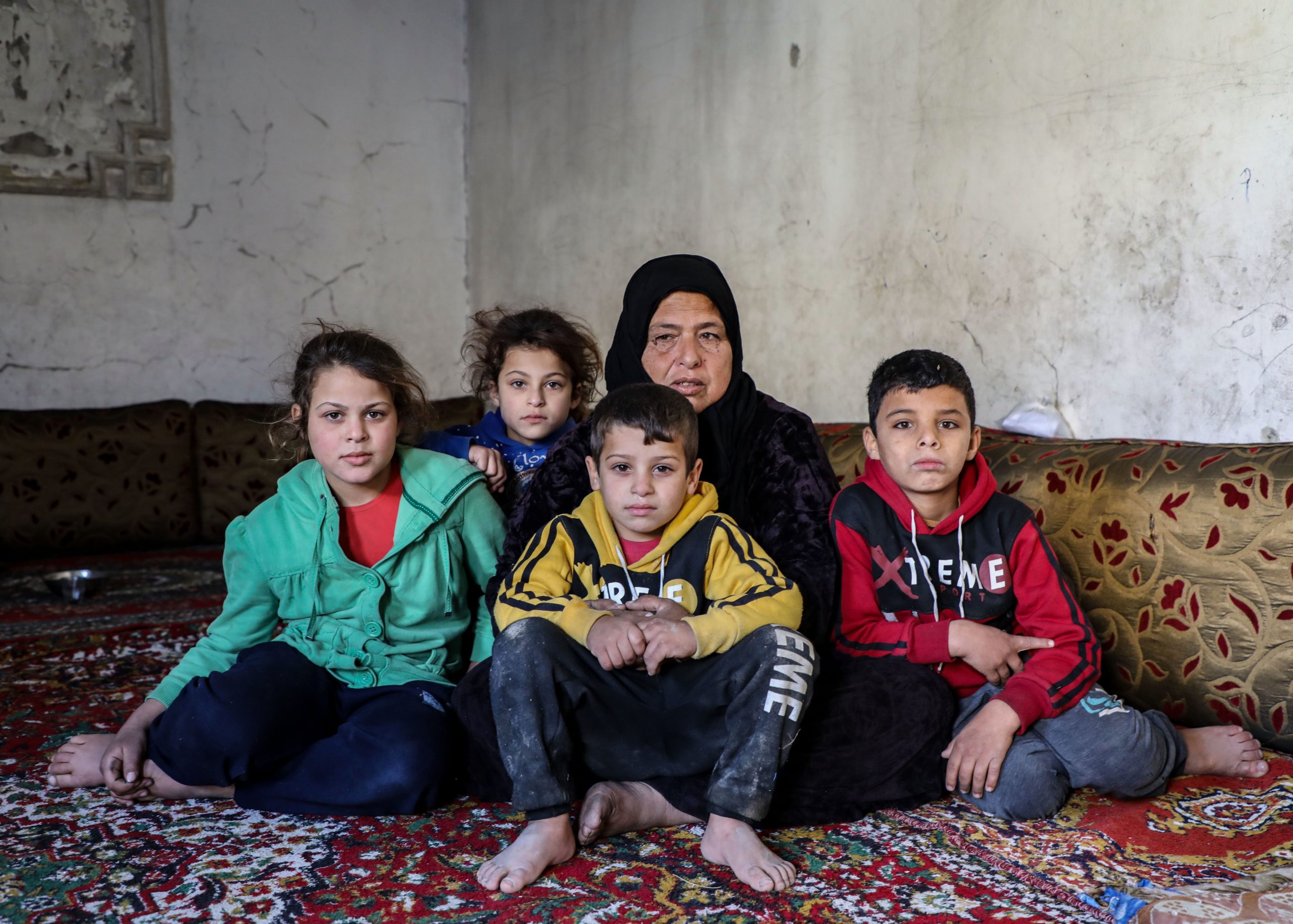Peace, too, has its own language

ISIS attacks, Assyrian exodus
Fear has terrorized everyone, it has left its marks on the people’s faces. They look similar, as if they are copies of one painting. A terror has overwhelmed the minds of the locals in the village of Tel Nasri outside the town of Tel Tamer. They appear lost between the agonizing dilemma of escaping from their homes, and the fading hope of staying where their roots are. ISIS is a few kilometers away from their homes, and it is waiting to descend upon them with hatred and intimidation, paving the way for an invasion with their savagely burdened palms.
The high levels of the Khabur River prevented the black turbans from invading the Assyrian village of Tel Nasri; ISIS only took control of the village of Tel Shamiran, a few kilometers from Tel Nasri. Water breathed the spirit of hope as a haven to escape a near death. Communication was cut off during those days, and the people were undecided to escape or stay in their village. Tears of fear from the ambiguity of what awaited them made their misery darker. Ultimately, everyone decided to flee at 2 AM on May 22, 2015.
Sargon Salimo, a member of the Assyrian Council, from Tel Nasri, recalls the past with his eyes staring at distance. It was as if he was re-living the same days: “I heard ISIS speaking in a language I barely understood. The last groups of people fled through the alleys, the roar of the clashes and their shelling deafened my ears. We returned three months after Tel Nasri was liberated by the People’s Protection Units and the Khabour Guards,” he says.
Returning to Tel Nasri village
Sargon was searching with a broken heart for his village, which he desperately longed for. As soon as he returned to the village for the first time after its liberation, he was shocked as beautiful features of the village were down to piles of ruins; a church turned into a hill of stones, its entrance was now a cement arch with shattered ends, tunnels were dug in the houses like an abyss, mines were planted even in food cans, sculptures were damaged, bullet holes destroyed the crosses, and the statues of Mary were thrown here and there. Sargon says sadly, “Six years have passed since the liberation of our village. Back then its population was 1,500, now it is only 15. They will return one day if the fear of the past nightmare subsides, and if the brutality of the war ends.”

Peaceful coexistence between Assyrians and the IDPs from Afrin
The spirit of brotherhood and peaceful coexistence pulsed in the Assyrian village of Tel Nasri with the influx of IDPs from Afrin, after the beginning of the Turkish occupation in Afrin on January 19, 2018. The sweetness of the difference in the language they were familiar with brought them together, and they became accustomed to some of their words. The people of Tel Nasri received about 148 IDP families from Afrin, and they provided them with water and electricity lines. The holes on the walls left after the war were repaired, and both communities gathered around the painful memories of radicalism and extremism.
Both of these communities became fond of each other with the tranquility of love and the different customs that now were somehow mutual. The people of Tel Nasri and the IDPs from Afrin recovered peace together, away from the nightmare of the terrible past and the reality of the occupation of Afrin. It is their human spirit on which peaceful coexistence depends. Under this coexistence, feelings of love flourished and became part of their conversations and sessions, to heal the pain they lived before.
The differences between them interestingly became harmonious to the point of unity. The Assyrians learned from the Afrin people modern olive harvest methods and irrigation systems. They shared experiences on how to remove the rats that breed in the village and devoured the crops after ISIS had dug tunnels in the houses.
As of now, only 25 IDP families from Afrin have remained in the village of Tel Nasri, most of them have moved to Hasakah, Qamishli and other cities and villages. Their souls still bear the same love they shared with the people of Tel Nasri, through their communication on social media. The Assyrians hope for the return of their families to their homes and memories, those who have fled to neighboring countries and cities; and the people of Afrin are waiting for their hope to return to Afrin to come true. The hopes of the Assyrians and the longing of the Afrinis, may revive the souls of the absent Assyrians in their homes and alleys; it embodies the hope of the Afrin IDPs to return to their occupied homes; both live in the same anticipation and aspiration, by praying for a safe tomorrow.

The union of the people of Tel Nasri and the IDPs from Serekaniye
After Turkey and the Turkish-backed armed Syrian factions occupied the city of Serekaniye, the people of Tel Nasri received, with the same open arms, about 1,800 families from Serekaniye and its neighboring villages; all coexisted as brothers united by love as the warmest garment for all.
The language of peace, written and spoken with one soul
Memories of violence remain fleeting before the power of love and serenity. Among them, the completely different language of the Assyrians and Afrinis, pronounced and written in letters of coexistence, remained similar. It is the clear and understandable language of peace. They speak in this language in their late evening gatherings, and even when they are busy with daily chores, and agricultural activities. The language of peaceful coexistence among the Kurds, Assyrians and Arabs is clear, it is mastered by everyone without being written or pronounced in visible letters.




